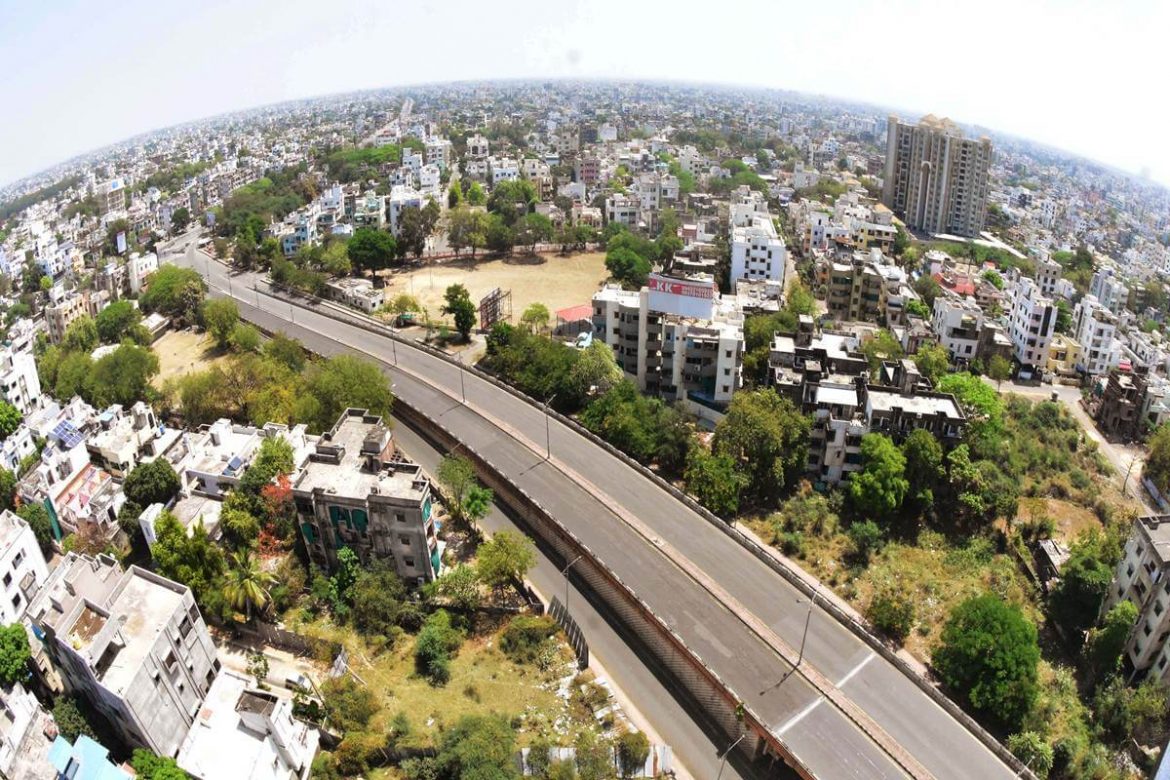CSIR-National Environmental Engineering Research Institute (CSIR-NEERI) carried out a study on ‘impact of the lockdown on air quality of Nagpur’. Dr. Neel Kamal, Principal Scientist, CSIR-NEERI analysed the data collected before and after the lockdown to probe into the air quality of Nagpur.
The data analysis revealed that air quality of Nagpur improved sharply during the lockdown as a result of stringent travel restrictions and shutting down of non-essential activities including those of air polluting sectors. The data collected from the Continuous Ambient Air Quality Monitoring Station installed at Civil Lines, Nagpur was analysed to evaluate the air quality of Nagpur before and after the lockdown. The monitoring period before the lockdown was 20 February to 20 March 2020 when all activities were normally in operation.
In order to compare and derive conclusions with regard to the air quality of Nagpur, the monitoring was also done during the lockdown between 21 March to 17 April 2020.
Since the lockdown was imposed, the air quality in Nagpur has shown drastic improvement due to the eradication of local pollutants generated from various activities. The lockdown led to a significant reduction in the major criteria air pollutants, namely PM 10 , PM 2.5 and nitrogen dioxide (NO 2 ) . Particulate Matter (PM) is a mixture of solids and liquid droplets floating in the air.
The daily mean value of PM 10 observed to reduce from 61 ïg/m 3 to 47 ïg/m 3 ; PM 2.5 came down to 23 ïg/m 3 from 31 ïg/m 3 ; NO 2 lowered down to 25 ïg/m 3 from 48 ïg/m 3 . The fall of NO 2 indicates that vehicles were not plying on roads and the existing guidelines on lockdown measures have strictly complied.
The major air polluting activities in Nagpur have been emissions from vehicles, resuspension of road dust due to movement of vehicles, fuel usage in hotels, construction activity, thermal power plants of Koradi and Khaparkheda. Hourly variation of PM 2.5 indicated the absence of these air polluting activities in Nagpur during the lockdown, pointing out minimal air pollution in Nagpur.
It was found that after 6 pm the PM 2.5 level increases, which is due to the temperature inversion which restricts vertical movement of pollutants. According to Dr. Neel Kamal, PM 10 and PM 2.5 concentrations during the lockdown could be considered as background levels for the city, excluding the impact of power plant.
Background concentration is the ambient level of pollution that is not affected by local sources of pollution. The data reveals that the wind flow at 240 m height above ground was from north-west and south-west during February to April 2020. Therefore, Dr. Neel Kamal reckons that this wind flow caused the power plant emissions to move away from Nagpur city towards Kamthee area, thereby keeping Nagpur city’s atmosphere clean.
The daily average of sulphur dioxide (SO 2 ), which is an indicator of fossil fuel combustion, was found 9 ïg/m 3
before the lockdown and 2 ïg/m 3 during the lockdown, which is far below the regulatory limit of 80 ïg/m 3 recommended by Central Pollution Control Board (CPCB), Delhi. Dr. K V George, Sr. Principal Scientist and Head, Air Pollution Control Division, CSIR-NEERI was also associated with this study.
👉 Click here to read the latest Gujarat news on TheLiveAhmedabad.com





